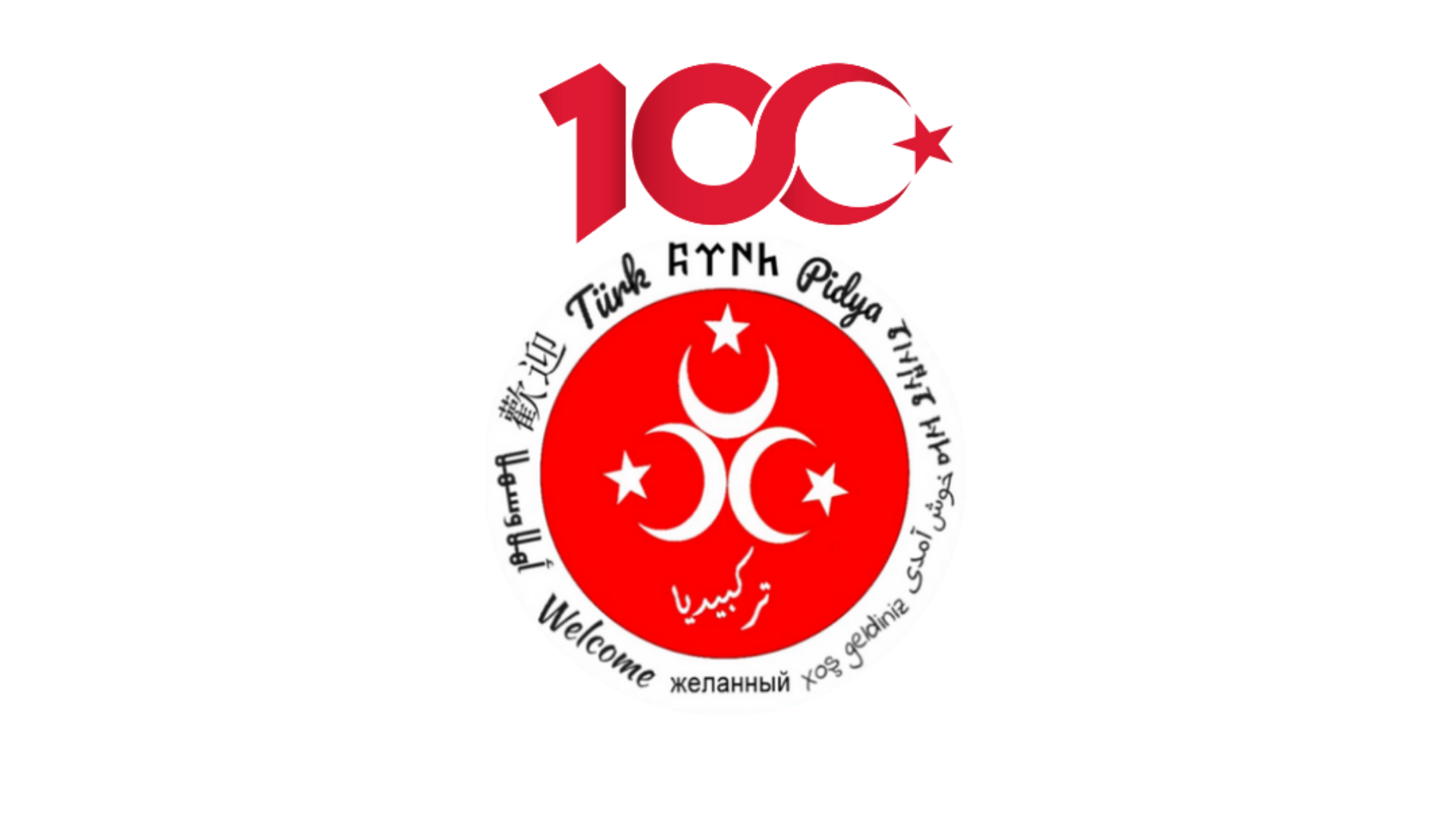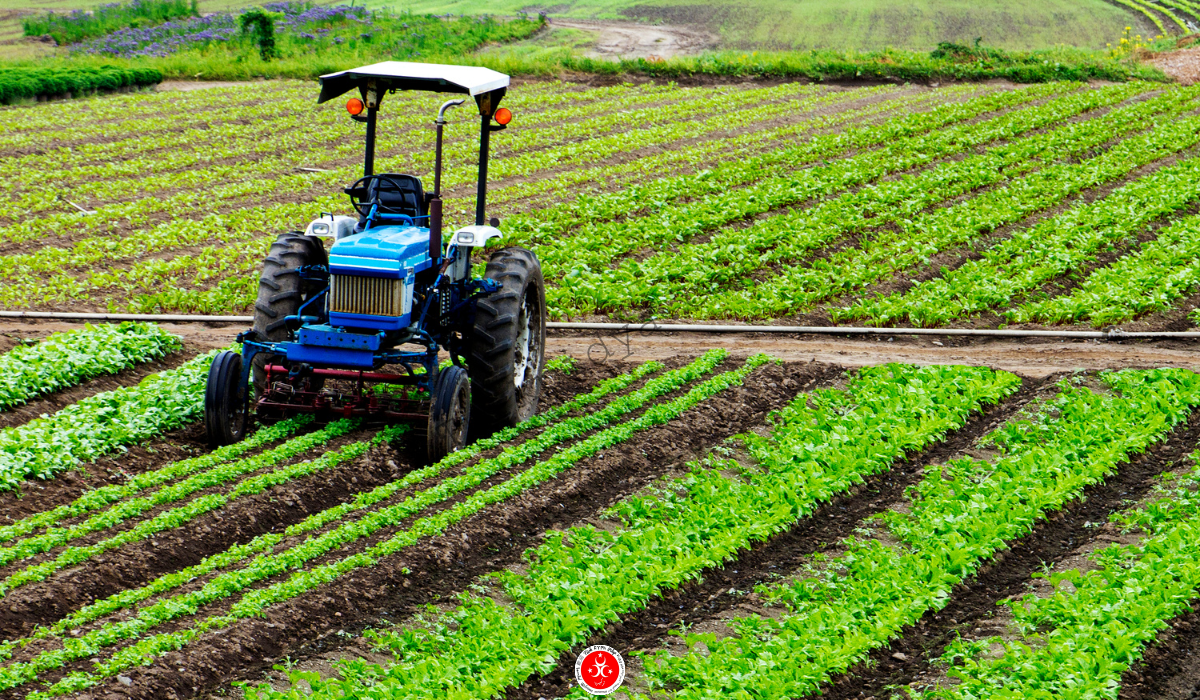Table of Contents
Agriculture in Turkey is one of the most important economic tributaries that contributes strongly to the growth of the Turkish economy. Turkey ranks high in terms of agricultural production per hectare, and the government provides many opportunities and financial support for agriculture.
In this article, we answer the most important questions about agricultural crops in Turkey and agricultural regions, in addition to important statistics about the agricultural sector in Turkey.
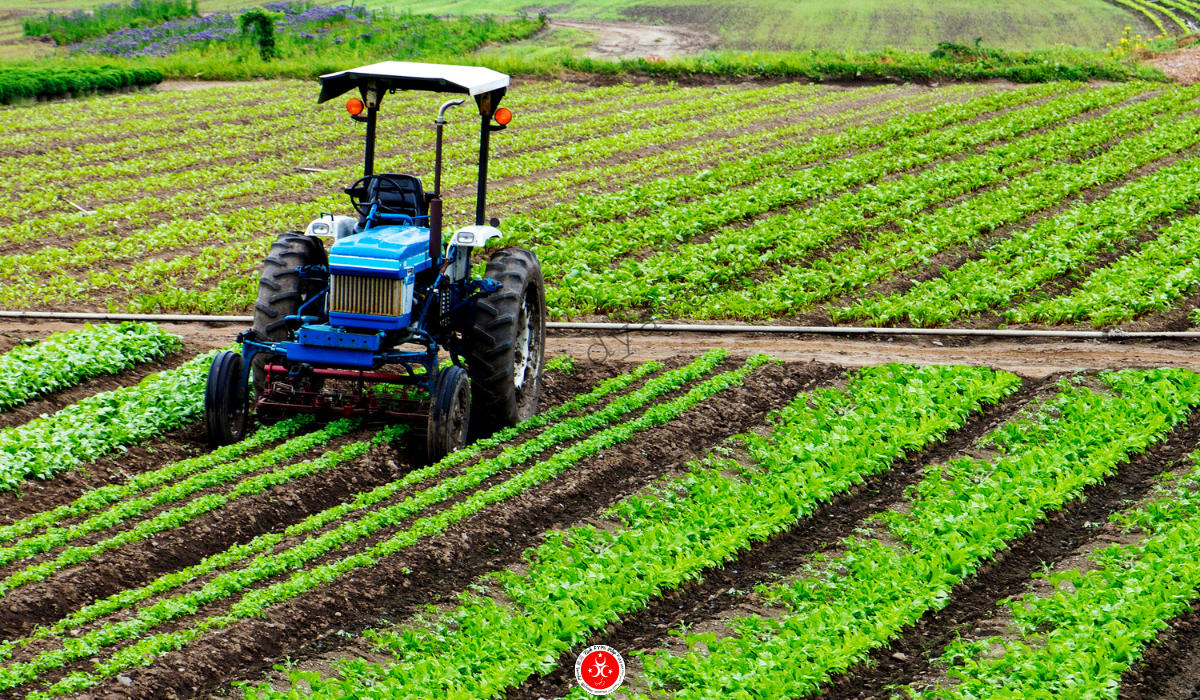
Important Factors Affecting Agriculture in Turkey
- Turkey is severely facing severe droughts that may result in the death of most crops. According to the minister of agriculture, “Turkey experienced the worst drought in 2017, which the country has not known in 44 years, due to the significant decrease in rainfall.”.
- Professional workforce with competitive labor rates 70–80% lower than Europe.
- Flooding usually hits the Turkish agriculture sector due to global warming and the change in rain patterns. Many places face flooding, which affects the agriculture sector heavily.Thriving demographics and the middle class are ready to consume a lot.
- Government support and an extensive incentive program.
- Well-developed logistics and infrastructure.
- A distinct geographic location next to the European, Middle Eastern and Russian markets.
- Huge government investments in irrigation and agriculture, in addition to infrastructure improvements.
Many banks in Turkey give loans and incentives to investors in agriculture.
Export opportunities due to the proximity to many markets that need agricultural products.
Important Statistics About Agriculture in Turkey
Agriculture in Turkey has an important role in economic activity in Turkey, as the total area of arable agricultural land is 23.2 million hectares, exports reach about $ 18 billion, while imports are about $ 13 billion, with a total trade surplus of $ 5 billion.
The agricultural sector in Turkey employs about 5.3 million workers, and the GDP from the agricultural sector reaches about $ 50 billion.
Agriculture income in Turkey increased by 77.7% between 2002 and 2018.
Agricultural Crops in Turkey
The crops cultivated in Turkey vary between grains, fruits, vegetables, and medicinal and aromatic plants.
Grains Crops Grown in Turkey
Cereal production in Turkey increases greatly due to the suitable climate in addition to the use of appropriate agricultural technology and the development of modern types of seeds.
The grains grown in Turkey vary between wheat, barley, oats, corn, and rice.
Wheat
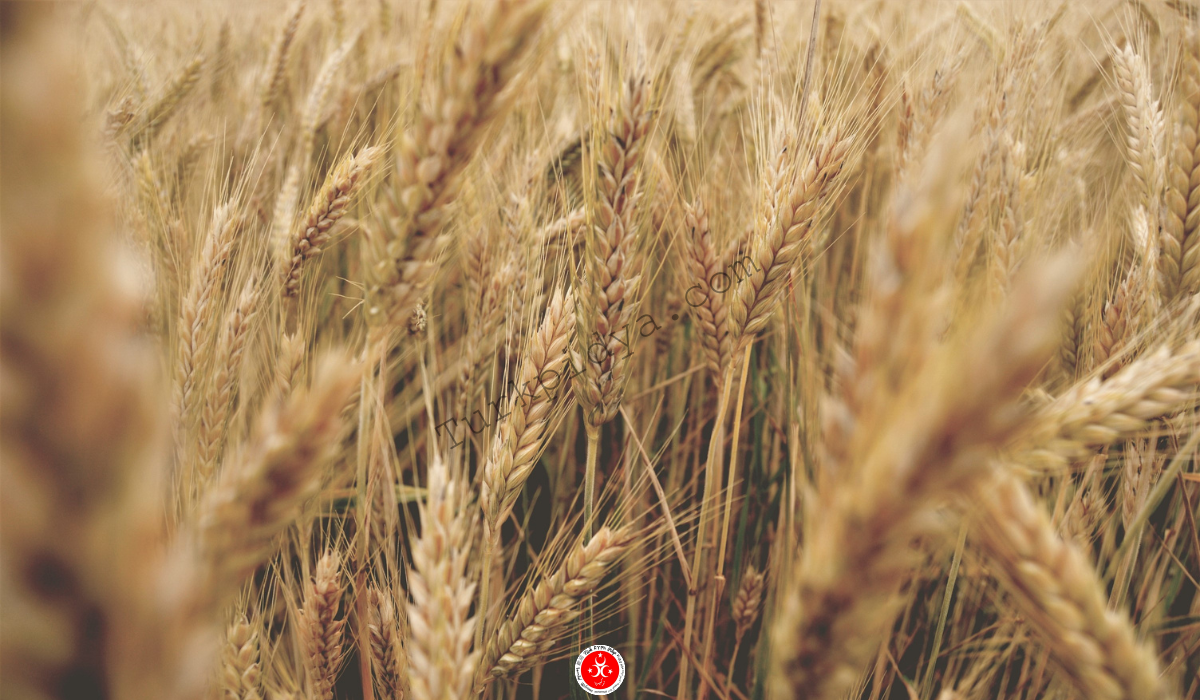
Wheat is one of the most important agricultural products in Turkey that is used domestically and exported abroad.
Wheat is mostly grown in the Central Anatolia region of Turkey. Agriculture is also widespread in the regions of Marmara, the Mediterranean and southeastern Anatolia. The harvest of wheat grown in the Mediterranean region takes place in May, while the harvest takes place in July in Central Anatolia and August in Eastern Anatolia.
Turkey is one of the largest producers of wheat and flour in the world, with total production in 2019 reaching about 20 million tons of wheat.
Barley
Barley grows in a shorter period of time than wheat, which drives many farmers and investors to cultivate it instead of wheat. Turkey produced, according to the latest statistics in 2020, about 7 million tons of barley, to be one of the largest producing countries in the world.
Barley is produced in Central Anatolia and the height of the plant ranges from 35 to 100 cm. İt’s used in food products, beverages and animal feed.
Rye and Oats
Turkey ranks seventh in the world in the cultivation of oats, and the grown oats are used in the food industry and can be grown in cold and high places in Turkey.
Maize (Corn)
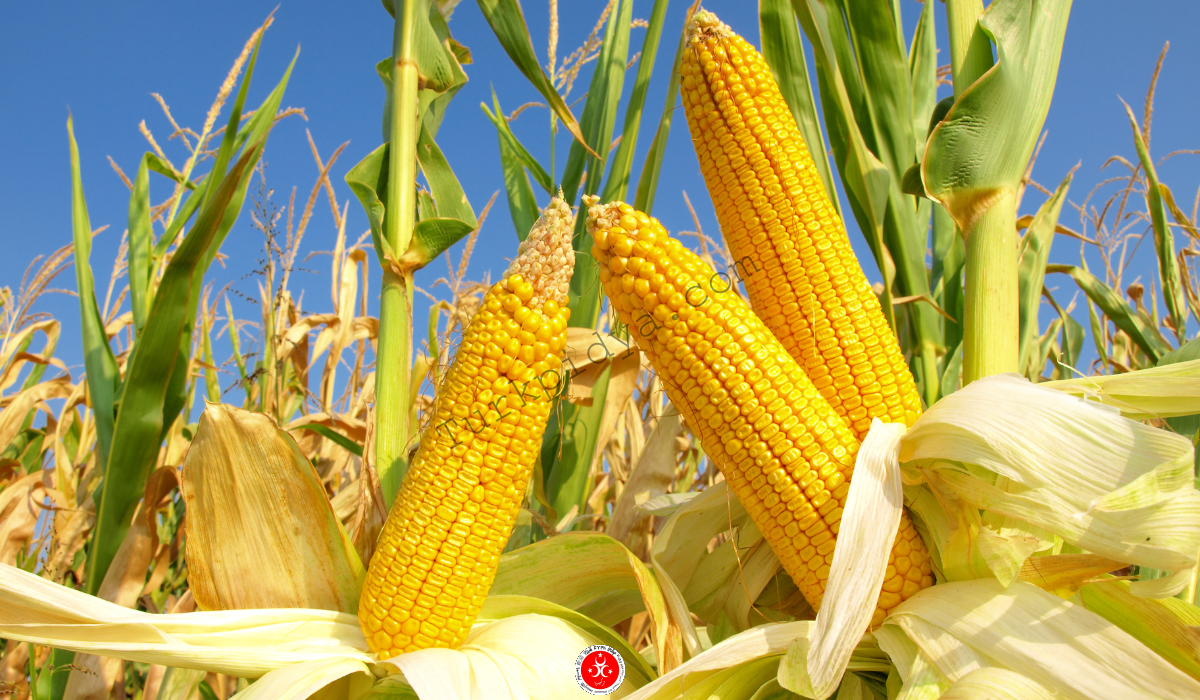
Turkey produces about 6 million tons of corn annually. Maize production is grown naturally in the Black Sea and Marmara regions and in other regions, most notably Central Anatolia, through irrigation.
In recent years, the states of the Mediterranean region have begun to expand the production of maize.
Rice
Rice is produced in Turkey in the states of Samsun, Sinop, Çorum, Çankırı, Bursa, Balıkesir, Çanakkale, Tekirdağ, Edirne and Kirklareli.
Turkey’s rice production is about 550 thousand tons per year, while consumption reaches about 750 thousand tons, and accordingly, Turkey imports about a quarter of a million tons of rice annually.
Industrial Crops Grown in Turkey
Industrial crops are one of the most important agricultural crops in Turkey. They are not used directly after their production and harvest, as they must be processed in different industrial facilities.
Industrial crops in Turkey range from tea, tobacco, cotton, sunflower, sugar beet, flax, hashish for medicinal purposes, and poppy.
Tobacco
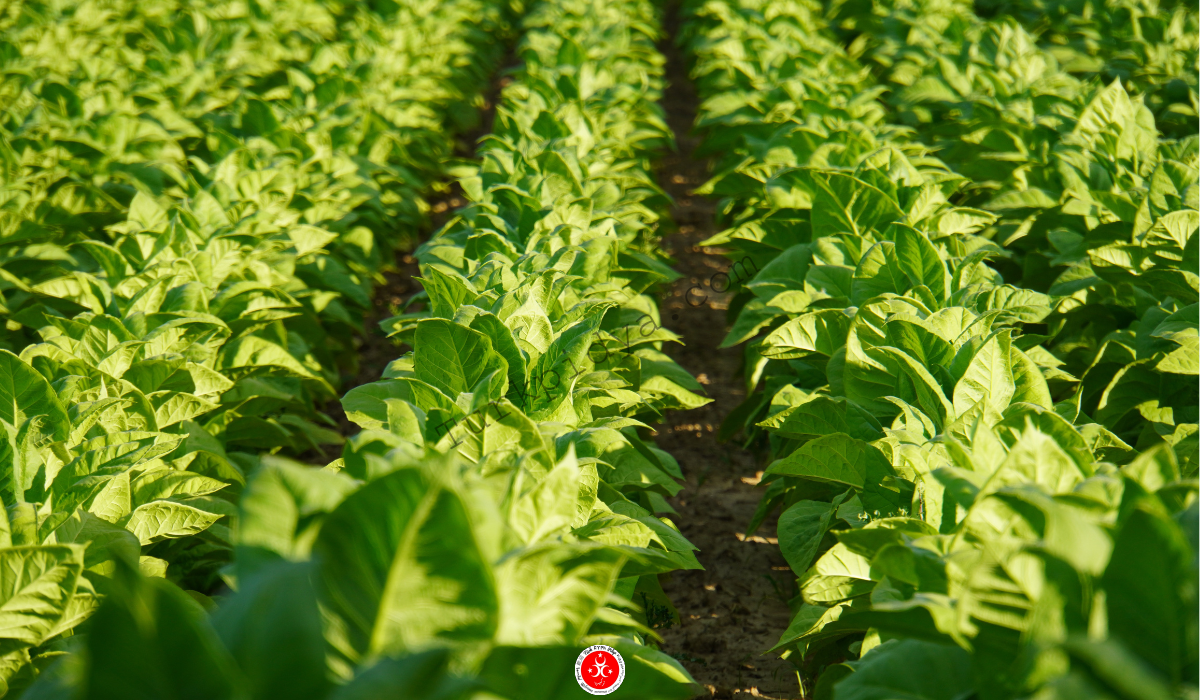
Tobacco cultivation is done in Turkey with the legal permission of the state, as cultivating tobacco in Turkey without permission is illegal and punishable.
It’s produced in different regions according to the climate and soil conditions in Turkey, where the following states produce tobacco in Turkey:
Manisa, Izmir, Denizli, Aydin, Ushak, Mugla, Balikesir, Bursa, Samsun, Bitlis, Muş, Malatya, Adiyaman, and Hatay.
Tobacco needs moisture and temperature during its growing period. It is used as a raw material in the cigarette, cigar and chemical industries. as the tobacco is dried and cured.
Cotton
Cotton requires a lot of water during the growing period, as cotton grows more easily in alluvial soil. It is mainly produced in the far southeast of Anatolia. The fibers, seeds and pulp extracted from cotton are used in industrial activities. Oil is produced from cotton pulp in Turkey.
Turkey’s cotton production, according to the latest statistics, is about 750,000 tons per year.
Sugar Beet “Beetroot”
Turkey is one of the largest producers of sugar beets in the world, as it ranks fifth among the countries producing beets.
Sugar beet is produced in most regions of Central Anatolia in Turkey and is also grown in the regions of Inland Western Anatolia, Central and Western Black Sea, Marmara Region and Eastern Anatolia.
Turkey’s production of sugar beet, according to the latest statistics, is between 2 million and 250 thousand tons per year.
Tea
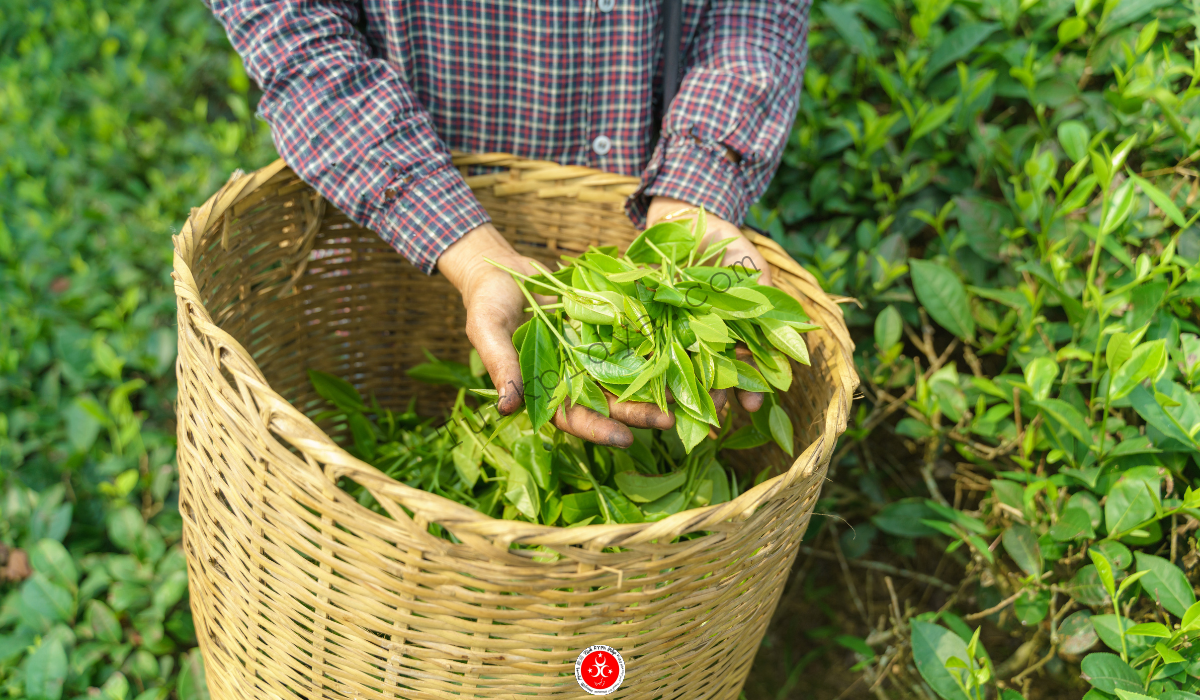
Tea is a very famous product for agriculture in Turkey, as it’s in the cities of Rize, Trabzon, Giresun and Artvin on the eastern Black Sea. Tea leaves are fermented (dried) in the factories of the city of Rize.
Turkey gained momentum in the forties of the last century after the production and export of Turkish tea to various countries of the world, which is famous for its high quality and popularity.
Turkey’s production of tea, according to the latest statistics, is about 200 thousand tons per year.
Poppy
Poppies are grown in hot summer and moderate rain regions, and their cultivation requires a permit from the state.
The drug called opium is obtained from a poppy capsule, oil from its seeds, and animal fodder from its pulp.
Poppy has been produced in Turkey for many years, with 90% of the poppy produced for medicinal purposes and exported.
Hemp “Weed”
Cannabis cultivation in Turkey requires a permit from the state in addition to periodic follow-up to ensure that hemp is not used illegally.
Hemp is produced in Turkey in the states of Sinop, Kastamonu and Zonguldak, in addition to Sakarya, for medical purposes.
Oil Crops Grown in Turkey
Many oil crops are produced in Turkey, the most important of which are olives, sunflowers, soybeans, peanuts, anise, rose and sesame.
Olives
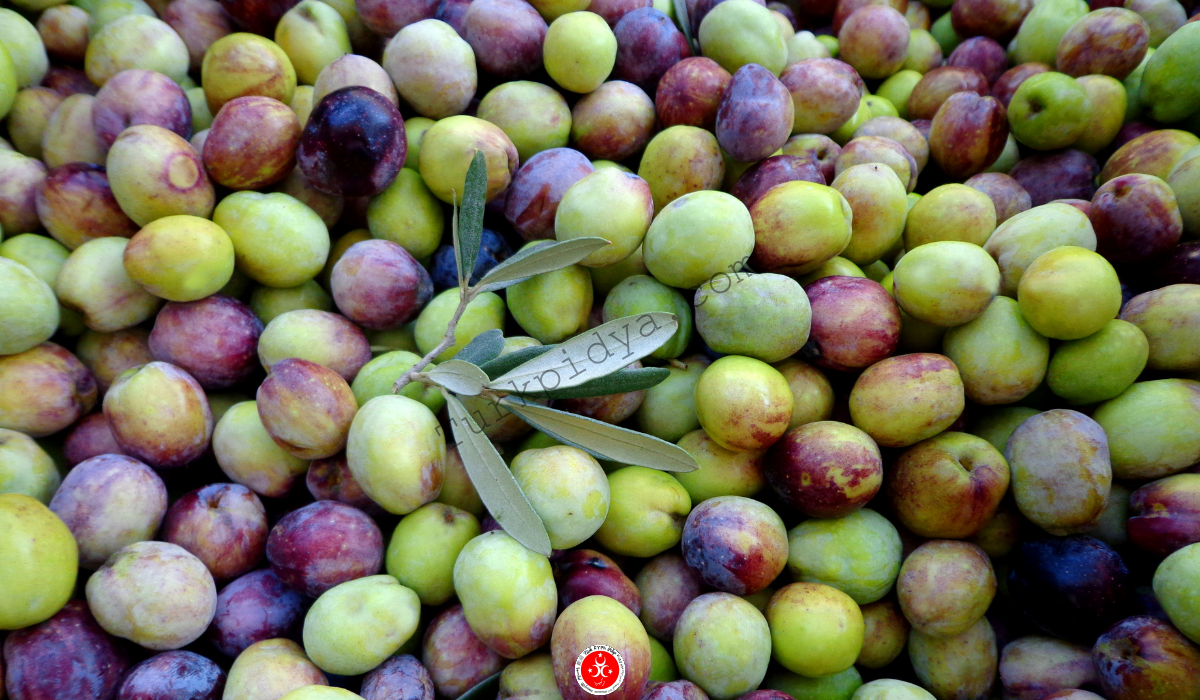
Olives in Turkey are generally produced in the Aegean region, south of Marmara, and the coasts of the Mediterranean and Kilis are also places where olive growing is widespread.
With the growing interest in healthy living and nutrition in the world in recent years, the importance of the production and consumption of olive oil has increased.
Turkey’s olive production, according to the latest statistics, is about 160,000 tons per year, and olive trees in Turkey have a high agricultural production of about 27 kilograms per tree per year.
Sunflower
Sunflower cultivation in Turkey requires rainfall during the growing period in addition to warm weather conditions during the ripening period.
Sunflower oil in Turkey is one of the most used agricultural products in the country. 70% of sunflower production is produced in the provinces of Edirne, Tekirdag, Kırklareli, Bursa and Balıkesir.
Central Anatolia and the Central Black Sea region are other regions where sunflowers are produced.
Turkey’s production of sunflowers, according to the latest statistics, is about 2 million tons per year.
Soybean
Due to the short cultivation period of soybeans, it is grown as a by-product in the coasts of Cukurova, the Antalya Plain and the Aegean Sea, and is also grown in the Central and Eastern Black Sea regions.
Peanuts and Sesame
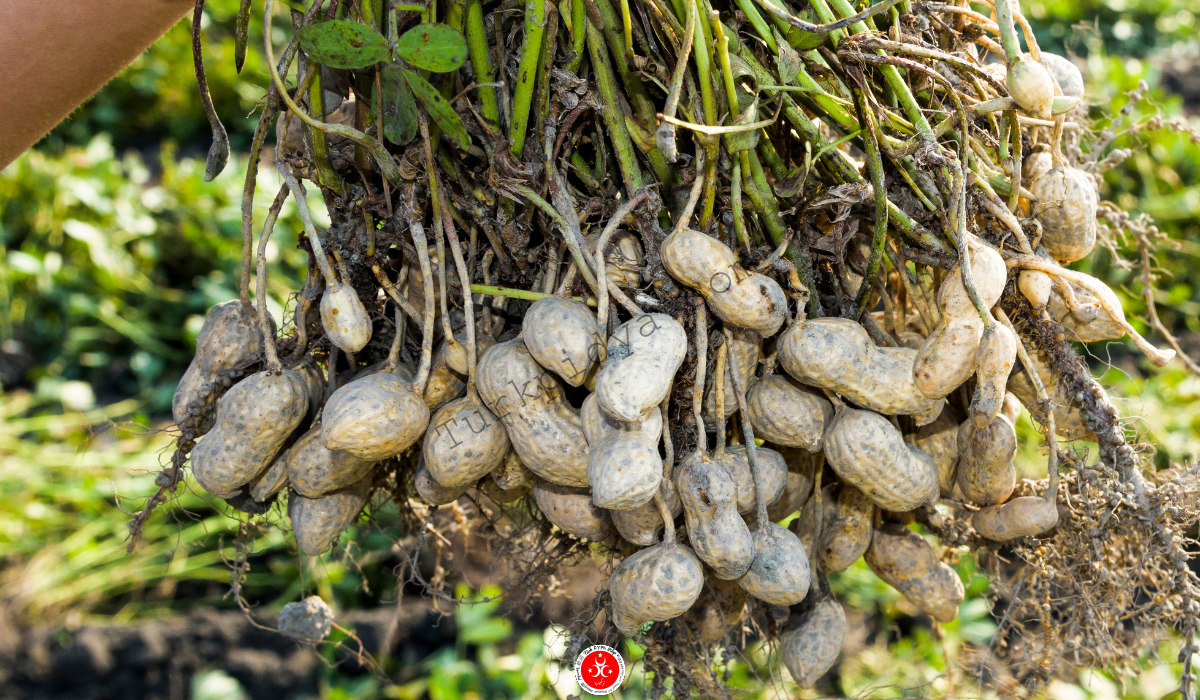
Peanuts grow in loose soil in hot and humid climates. It is used in all the nuts and oil industries.
About 90% of Turkey’s peanut production is grown in the Mediterranean region.
The states of Osmaniye and Adana are among the prominent states in the cultivation of peanuts.
Sesame is mostly produced in Marmara, Aegean, Mediterranean and Southeastern Anatolia. While the oil is obtained from sesame seeds, it is also used in making tahini, cake, biscuits, and bread.
Legumes Grown in Turkey
Turkey is famous for the production of many legumes, most notably beans, kidney beans, chickpeas, lentils, and peas. Turkey has gained momentum with pulses production since the 1980s.
Lentils
Since lentils are high in protein, they are consumed in a high proportion in Turkey.
Lentil production in Turkey is divided into green lentils and red lentils, as red lentils are grown in Turkey in the southeastern Anatolia region, while green lentils are cultivated in central Anatolia.
Turkey is the third largest country in the world in producing lentils
Turkey’s agricultural production of lentils, according to the latest statistics, is about 480 thousand tons per year.
Chickpeas
Chickpeas are grown in Turkey in the regions of Central Anatolia, the Aegean Sea and Southeastern Anatolia.
Turkey’s agricultural production of chickpeas, according to the latest statistics, is about 500 thousand tons per year, and the productivity of each hectare is about 120 kilograms.
Beans
The beans are grown in areas not higher than 1500 meters and can be watered in summer. Beans are also known as a warm-climate vegetable. The temperature drop of two or three degrees in the areas where it is grown is detrimental to the beans.
The beans are grown in the coastal region of Turkey and along rivers.
Fruit Grown in Turkey
The fruits grown in Turkey vary between hazelnuts and figs, citrus fruits, walnuts, grapes, apples, figs, apricots, and kiwi in addition to many other fruits.
Pistachios
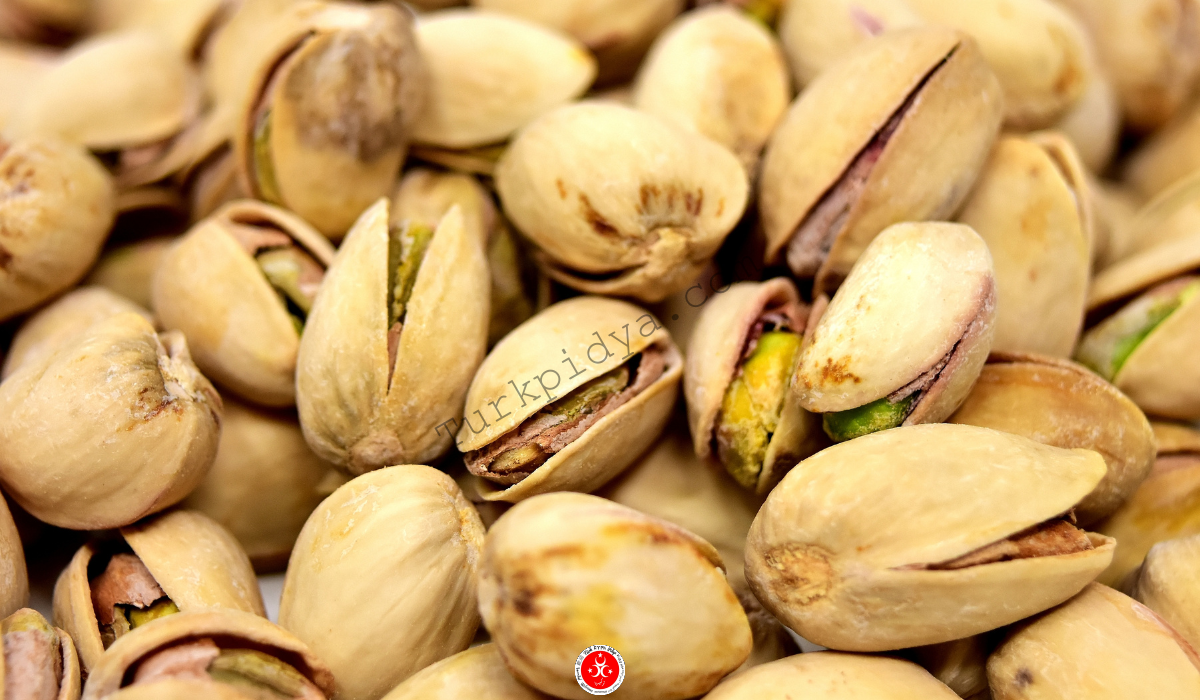
Turkey is famous for growing the finest types of pistachios in the states of Gaziantep, Sirt, and Şanlıurfa, where Turkey is considered one of the most important producers of pistachios in the world, as the number of pistachio trees in Turkey is about 40 million trees.
Hazelnut
Hazelnut are one of the most important agricultural products in Turkey, as Turkey is the largest producer of hazelnuts in the world, out of every 10 hazelnuts consumed 8 of them were cultivated in Turkey.
İt is one of the most important agricultural crops in Turkey, as about 4 million people are connected to the cultivation of Hazelnut, directly and indirectly. The area of plantation in Turkey is about 500 to 600 thousand hectares.
Hazelnuts grow in cold regions with heavy rain. The winter temperature ranges between 5 and 6 degrees, while the summer temperature ranges between 20 and 25 degrees. It grows to a height of between 0 and 500 meters. It is mostly grown in the central and eastern regions of the coastal regions of the Black Sea in Turkey. In these regions, hazelnut production is adversely affected when the winter temperature drops below zero.
Citrus
Citrus fruits that are grown in Turkey are tangerines, oranges, grapefruit, and lemons. İt can be grown, in places where the winter temperature does not fall below zero degrees Celsius.
It is famous for the coastal regions of the Mediterranean and the Aegean. With its very high production of citrus fruits, in addition to the cities of Mersin, Adana, Antalya and Hatay.
Fig
Turkey is one of the world’s largest producers of figs, as it is grown on the Aegean coast.
Figs are grown mainly in the cities of Izmir and Aydin because figs need a high temperature of not less than 0 degrees Celsius in winter.
Apple
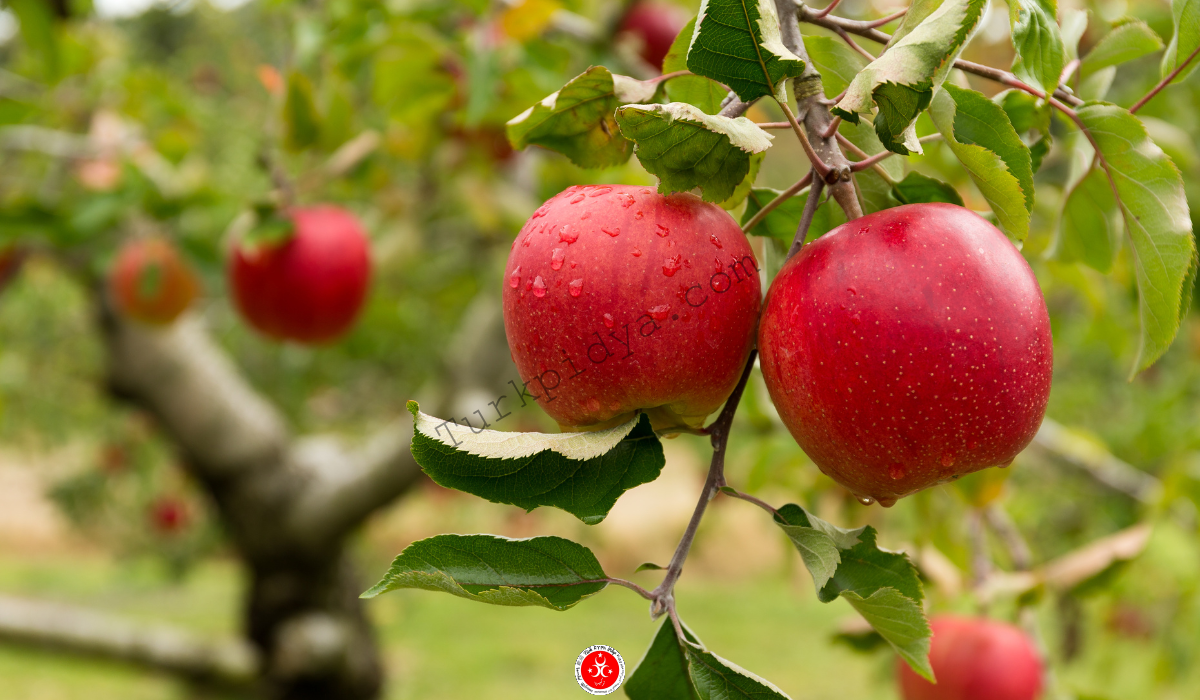
Most of Turkey’s apple production is grown in the Inner Anatolia Region of Turkey. At the city level, production in Niğde, Nevşehir and Konya is high.
The city of Amasya in the Central Black Sea region is prominent in apple production, some cultivated apples are exported.
Walnut
Walnut cultivation in Turkey is spread in the Western Anatolia region, where Turkey ranks fourth in the world most producing walnut countries.
In 2019, Turkey produced about 225 thousand tons of walnuts. The largest production of walnuts was in Hakkari state, at about 12 thousand tons. After Hakari, Kahramanmaraş is followed by 11.4 thousand tons, and Mercenelles with 11 thousand tons.
Peach
The peach fruit is one of the most important fruits grown in Turkey, and Bursa is famous for growing high-quality peaches.
Vegetables Grown in Turkey
Turkey grows many vegetables, the most important of which are tomatoes, peppers, cucumbers and zucchini, in addition to potatoes, garlic and onions.
Central Anatolia Region is one of the most important regions in the production and cultivation of vegetables in Turkey.
Turkey is famous for producing tomatoes, a large proportion of which are exported abroad, especially to Russia.
Agricultural Regions in Turkey
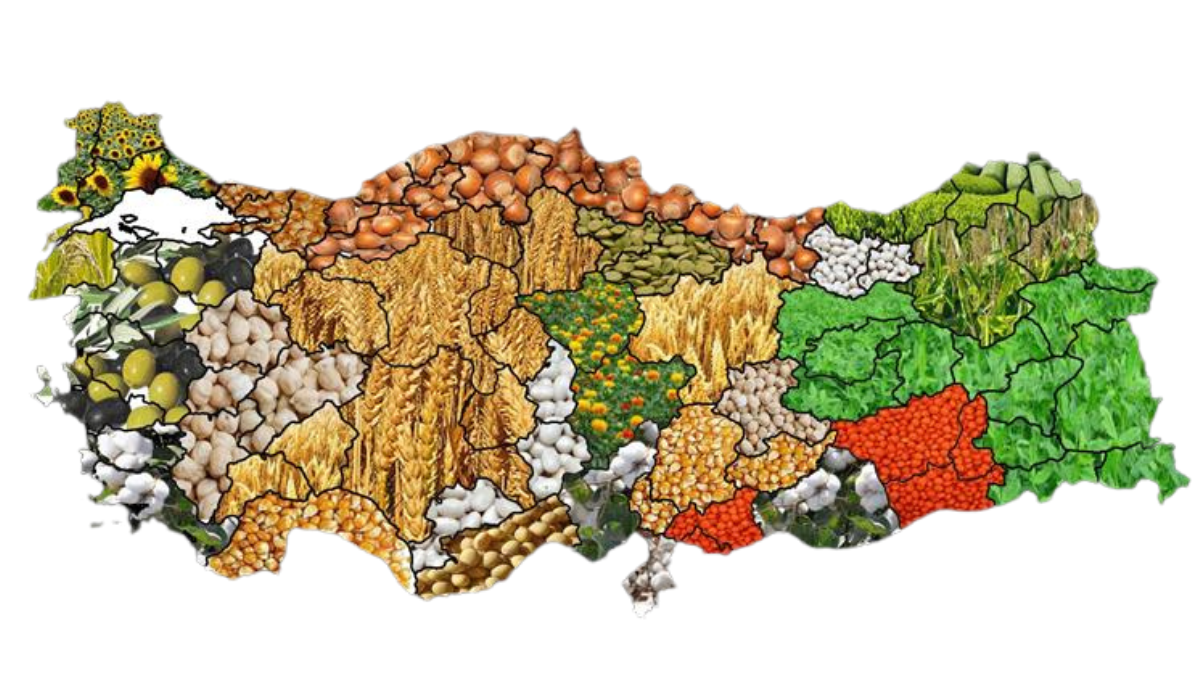
Agriculture in Turkey varies according to the region, as it is divided between the Marmara region, the Aegean region, the Mediterranean region, the Central Anatolia region, the Black Sea region, the eastern Anatolia region, and the southeastern Anatolia region.
Agriculture in the Eastern Anatolia Region
Due to the rugged topography of the eastern Anatolia region in Turkey, in addition to the height above sea level, the short summer and long winter, agriculture is limited to the plains between the mountains only.
Livestock has developed as an alternative to agriculture in eastern Anatolia, where local people herd sheep and cattle.
Agriculture in Central Anatolia
Crops of wheat, barley, corn, sunflower, sugar beets, garlic, onions, cherries, and potatoes are famous for cultivation in central Anatolia, and Eskişehir, the capital, Ankara, Çorum, Konya, Çankarı, Niğde, and many other states are famous for agriculture in Central Anatolia.
Agriculture in the Aegean and Mediterranean Region
The Aegean region and the Mediterranean Sea is famous for being one of the most important agricultural areas in Turkey due to the mild climate in the winter, where all kinds of vegetables and fruits are grown, such as wheat, barley, tobacco, poppy, and cotton, in addition to walnuts, grapes, olives and citrus fruits.
Agriculture in the Marmara Region
The crops cultivated in western Anatolia vary from vegetables such as tomatoes, cucumbers and zucchini to fruits, including cherries and grapes, and the states of Bilecik , Balkasir, Bursa, Chanakkala, Istanbul and Kriklari are considered.
Agriculture in the Black Sea Region
The Black Sea region in Turkey produces many agricultural products in Turkey, the most important of which are tea in Rize, hazelnuts and vegetables, in addition to various fruits.
Governmental Support for Agriculture in Turkey
The Turkish government offers many incentives to Turkish and foreign investors to help with agriculture in Turkey, the most important of which is financial incentives in the form of payments to producers.
The state provides support to producers who use licensed seedlings, and the Turkish government also sets a number of conditions for granting subsidies that must be met before obtaining payments.
Ziraat Bank is responsible for supporting and financing Turkish farmers, in addition to many other government banks.
